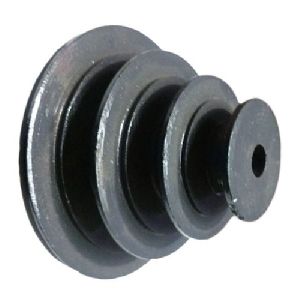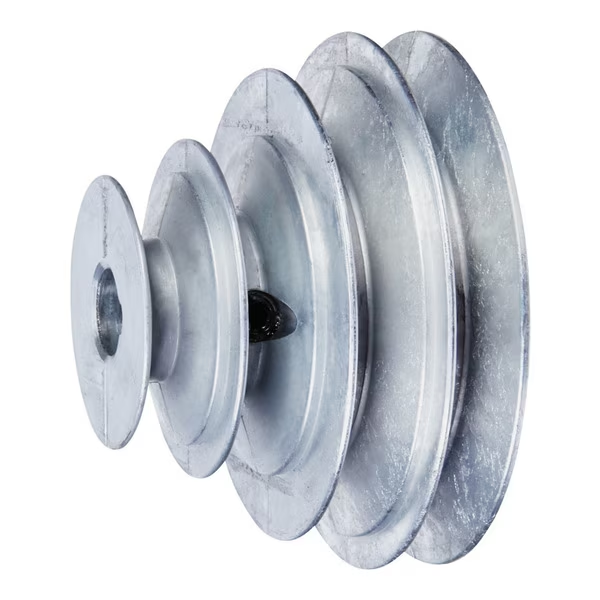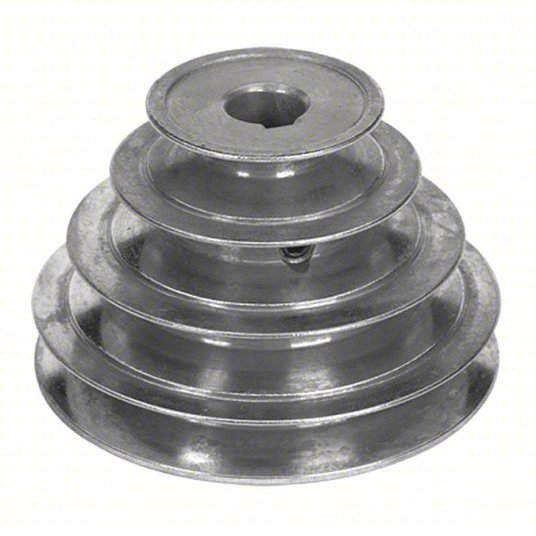Product Description
Product Details
| Material | Nylon ,mc nylon, POM,ABS,PU,PP,PE,PTFE,UHMWPE,HDPE,LDPE, PVC,etc. |
| Color | Black, white, red, green, transparent or any color according to Pantone code |
| Size | As per customer’s requirements |
| Technology | Injection molding, CNC machining, Extrusion |
| Surface Treatment | Powder coating, Zinc coating, Galvanization, Electro-deposition coating, Chrome/zinc/nickel plating, Polishing, Silkscreen, Black oxide |
| Application | Automotive, ATV, Mechanical equipment, Construction, Home appliance, Aviation, Office facilities, Agriculture, etc. |
| Shippment | We have longterm cooperation with internation shipping agent and express company, so that shipping safty and arriving time are secured |
Detail Image
Our Factory
Customization Capabilities
| Pulley Sizes: | Type D |
|---|---|
| Manufacturing Process: | Forging |
| Material: | Stainless Steel |
| Samples: |
US$ 999/Piece
1 Piece(Min.Order) | Order Sample For sample price, package information, and logisti
|
|---|
| Customization: |
Available
| Customized Request |
|---|
.shipping-cost-tm .tm-status-off{background: none;padding:0;color: #1470cc}
|
Shipping Cost:
Estimated freight per unit. |
about shipping cost and estimated delivery time. |
|---|
| Payment Method: |
|
|---|---|
|
Initial Payment Full Payment |
| Currency: | US$ |
|---|
| Return&refunds: | You can apply for a refund up to 30 days after receipt of the products. |
|---|

How are step pulleys customized for specific machinery and equipment?
Step pulleys can be customized to meet the specific requirements of machinery and equipment. Here’s how they are customized:
1. Diameter and Step Configuration:
The diameter and step configuration of a step pulley can be customized to match the desired speed range and speed increments of the machinery. The pulley can be designed with the appropriate number of steps and carefully spaced to achieve the desired speed ratios. This customization ensures that the pulley provides the necessary speed options for the specific application.
2. Material Selection:
Step pulleys can be customized by selecting the appropriate materials based on the machinery’s operating conditions and requirements. Different materials, such as cast iron, steel, or aluminum, offer varying levels of strength, durability, and resistance to wear and corrosion. The choice of material depends on factors such as load capacity, environmental conditions, and the specific application.
3. Belt or Cable Compatibility:
Customization of step pulleys includes ensuring compatibility with the type of belt or cable used for power transmission. The pulley’s steps must be designed to engage effectively with the specific belt or cable type. The shape, profile, and dimensions of the steps are customized to ensure proper belt or cable engagement, minimizing slippage and optimizing power transmission efficiency.
4. Mounting Configuration:
Step pulleys can be customized to match the mounting configuration of the machinery or equipment. This includes considerations such as the pulley’s shaft diameter, keyway size, and overall dimensions. Customizing the mounting configuration ensures proper alignment and secure installation of the pulley within the machinery.
5. Load Capacity:
Customization of step pulleys takes into account the load capacity requirements of the machinery. The pulley’s design and construction are customized to handle the anticipated loads without compromising performance or risking premature failure. This may involve reinforcing the pulley structure or selecting a larger size to accommodate higher loads.
6. Special Features:
In some cases, step pulleys may be customized with special features to cater to specific machinery needs. This can include features such as anti-slip coatings, noise reduction enhancements, or additional components for enhanced safety or functionality. Customization allows the step pulleys to integrate seamlessly within the machinery and optimize its performance.
Customization of step pulleys is typically carried out by manufacturers or specialists who take into account the machinery’s specifications, operating conditions, and performance requirements. By tailoring the design and characteristics of the step pulleys, they can be optimized for reliable and efficient operation within the specific machinery or equipment.

What safety considerations should be kept in mind when working with step pulleys?
Working with step pulleys involves certain safety considerations to prevent accidents and ensure the well-being of individuals involved. Here are some important safety guidelines to keep in mind:
1. Read and Follow Manufacturer’s Instructions:
Before operating any machinery or equipment with step pulleys, carefully read and understand the manufacturer’s instructions, warnings, and safety guidelines. Follow them strictly to ensure safe usage.
2. Wear Personal Protective Equipment (PPE):
Always wear appropriate personal protective equipment, such as safety glasses, gloves, and hearing protection, when working with step pulleys. PPE helps protect against potential hazards, including flying debris, entanglement, and noise.
3. Machine Guarding:
Ensure that all necessary machine guards and safety shields are in place and properly functioning. Machine guards help prevent accidental contact with moving parts, including step pulleys, reducing the risk of injury.
4. Lockout/Tagout Procedures:
Follow lockout/tagout procedures when performing maintenance or repair tasks on machinery with step pulleys. Lockout/tagout involves isolating the equipment from its power source and securing it to prevent accidental startup during maintenance activities.
5. Proper Training and Supervision:
Ensure that operators and maintenance personnel receive proper training on the safe operation and maintenance of machinery with step pulleys. Supervise their work initially until they have gained sufficient experience and competence.
6. Avoid Loose Clothing and Jewelry:
Avoid wearing loose clothing, jewelry, or anything that could get entangled in the moving parts of the machinery, including step pulleys. Loose items can pose a serious risk of entanglement and injury.
7. Use Proper Tools and Equipment:
Use the appropriate tools and equipment when working with step pulleys. Using improper tools or makeshift solutions can lead to accidents or damage to the equipment.
8. Regular Maintenance and Inspection:
Perform regular maintenance and inspection of the machinery and step pulley system. Check for any signs of wear, damage, or misalignment. Address any issues promptly to ensure safe and efficient operation.
9. Report and Address Safety Concerns:
If you notice any safety concerns or potential hazards related to the step pulley system, promptly report them to the appropriate personnel. Take necessary actions to address the concerns and ensure a safe working environment.
10. Follow Safe Work Practices:
Adhere to safe work practices, such as keeping the work area clean and organized, maintaining proper lighting, and avoiding distractions. These practices contribute to a safer work environment when working with step pulleys.
By following these safety considerations and guidelines, you can minimize the risks associated with working with step pulleys and create a safer working environment for yourself and others.

What types of belts or cables are typically employed with step pulleys?
Step pulleys are commonly used with specific types of belts or cables that are suitable for power transmission and engagement with the pulley’s steps. Here are some typical belt and cable options employed with step pulleys:
1. V-Belts:
V-belts are one of the most widely used types of belts with step pulleys. They have a trapezoidal cross-section and are designed to fit into the V-shaped grooves on the steps of the pulley. V-belts offer good power transmission capabilities and are known for their high frictional grip.
2. Flat Belts:
Flat belts, as the name suggests, have a flat cross-section. They are often made of materials like rubber, nylon, or leather. Flat belts are suitable for step pulleys that have wider and flatter steps. They provide reliable power transmission but may have lower grip compared to V-belts.
3. Synchronous Belts:
Synchronous belts, also known as timing belts, have teeth on the inner surface. They are designed to engage with matching teeth on the steps of the pulley. Synchronous belts offer precise power transmission and are commonly used in applications where accurate timing and synchronization are required.
4. Chain and Sprocket:
In some cases, step pulleys may be employed with chains and sprockets instead of belts. Chains with matching pitch and sprockets with corresponding teeth engage with the pulley steps, providing durable and efficient power transmission. Chain and sprocket setups are often used in heavy-duty applications.
5. Cable and Sheave:
For certain applications, such as in elevators or cranes, step pulleys may be used with cables and sheaves. The cable is wound around the sheave on the pulley, allowing for smooth and controlled movement.
The choice of belt or cable depends on factors such as the specific application, power requirements, speed range, and environmental conditions. It’s important to select the appropriate belt or cable that can effectively engage with the steps of the step pulley and provide reliable power transmission.


editor by CX
2023-10-20
